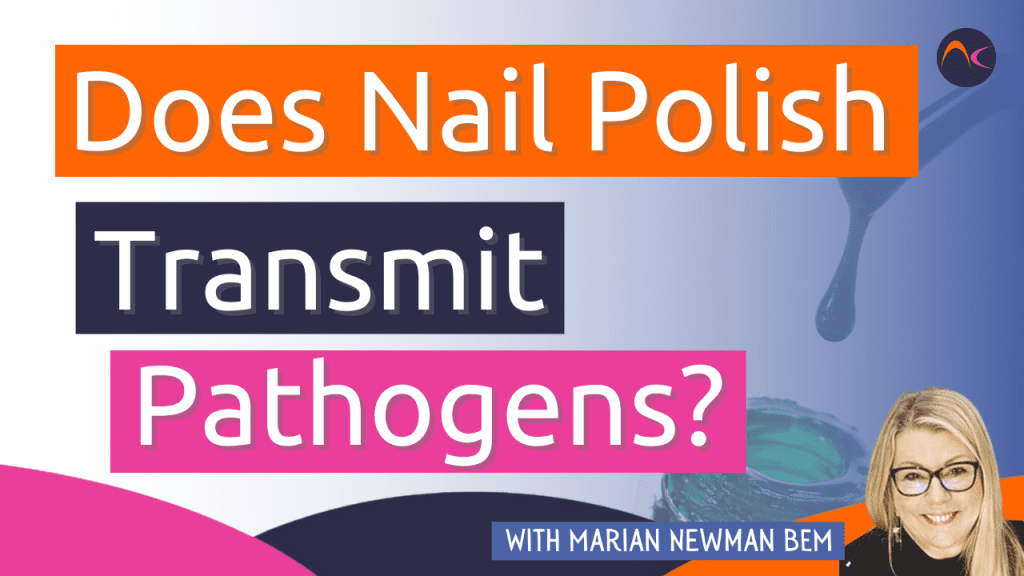Two independent scientific studies confirm that nail polish products do not harbour microbes, so it is not likely that any pathogen could be spread to cause infections. Water-based cosmetic products typically contain preservatives to prevent microbial contamination, when they are sold in multi-use packages. Solvent based nail polish products ( e.g. nail polish, lacquers, enamels, varnish, base coat, top coats) provide a hostile environment for pathogens and prevent microbial contamination even when the bottle and the brush are used repeatedly (double dipped) and therefore additional preservatives are not needed or added. Professionals use nail polish products are essentially water-free, solvent based mixtures of colourants, film formers and other additives. Some have questioned the use of nail polish products in salons over concerns of a possible increased risk for transmitting microbes when a polish brush is reused on multiple clients.
Several independent scientific studies, conducted by the nail manufacturers council on safety (NMC) of professional beauty association, demonstrate that solvent based nail polish products aggressively kill any microbes that may be inadvertently picked up by a nail polish brush, therefore repeated use of nail polish products does NOT pose an infection risk for salon clients.
In the first study, unopened nail polish products were intentionally mixed with high concentrations of seven common microorganisms associated with nail or skin infections, followed by laboratory testing to determine if any of these microbes could survive or reproduce. The products tested contained the volatile organic solvent used almost universally by all manufacturers (e.g. ethyl acetate, butyl acetate, isopropyl alcohol, etc.) which are typically make up 60-70% of nail polish formulation. These nail polish products were individually inoculated with a high concentration of live microorganisms, then tested immediately and periodically for fourteen (14) days to ensure there was no regrowth of microorganisms.
Results: in all the nail polish products tested, the introduced microbes were rapidly destroyed and there was no regrowth, even after fourteen (14) days.
Conclusion: Professional-use nail polish products which do not contain water as an ingredient and are mostly made of organic solvents can rapidly destroy microbes: which explains why these products don’t require traditional cosmetic preservatives. These results dominate that microbes cannot live in water-free nail polish products and any microbes accidentally introduced would be rapidly destroyed. These results also demonstrate that a properly used, professional-use nail polish product may be safely applied to multiple salon clients because the organic solvents are an effective deterrent against microbial contamination.
If you want more details about these studies you can find them in the nail manufacturers council on safety’s education brochure. Investigating of the Potential for Microbial Contamination in Nail Polish”


